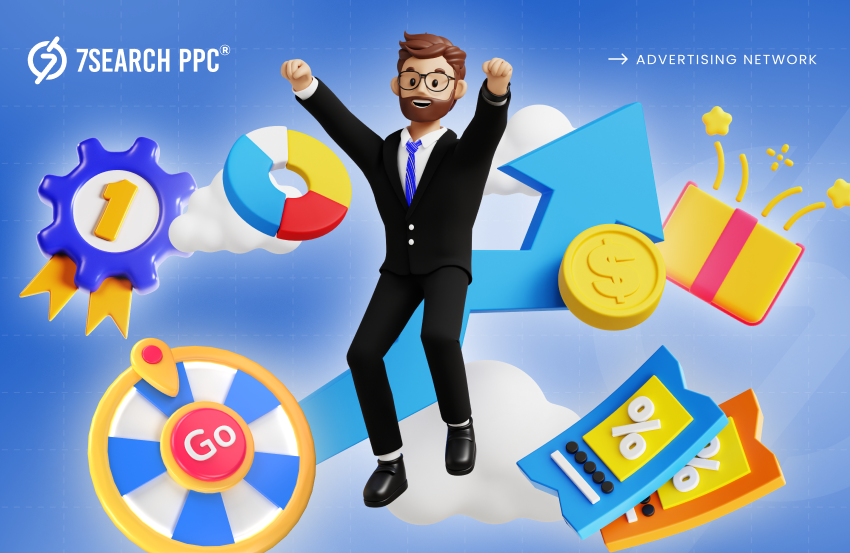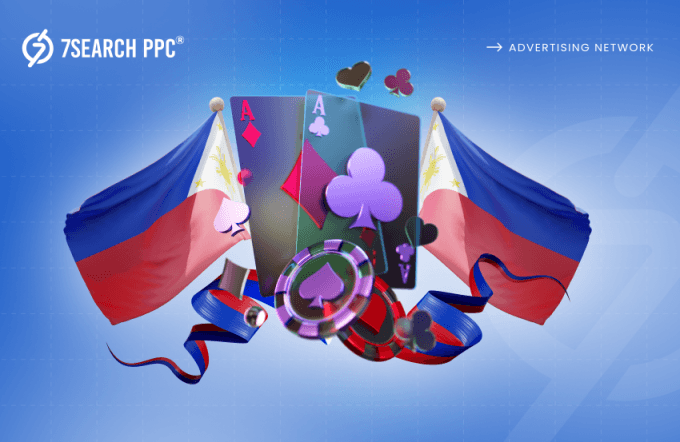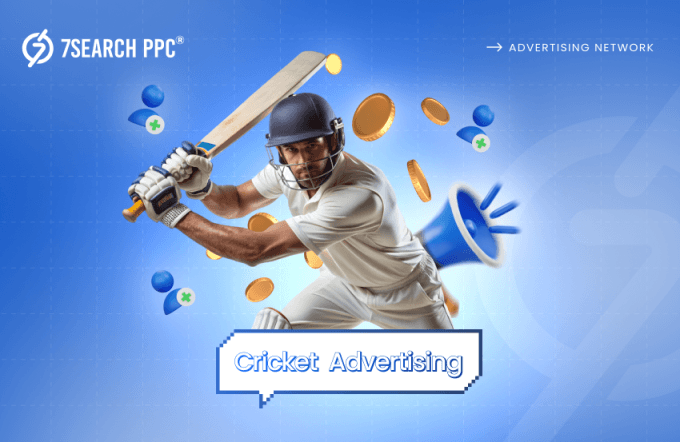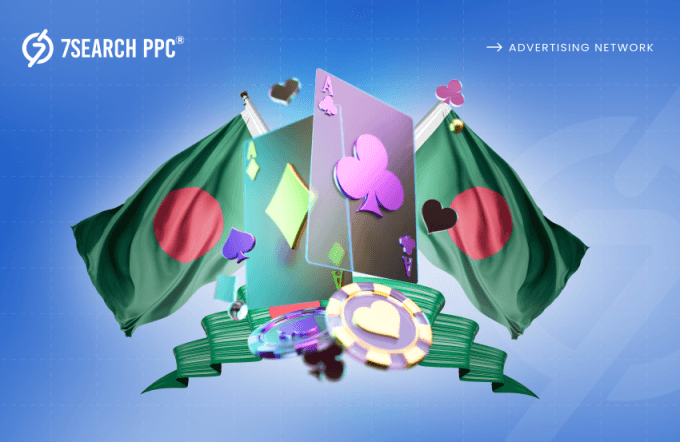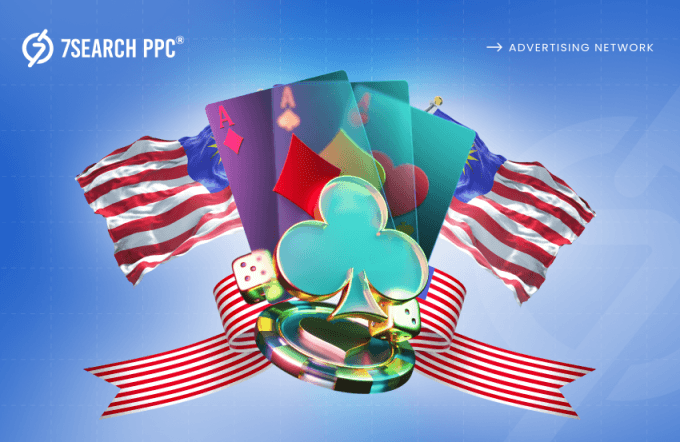We have seen several upgrades, from keypad phones to touchscreen smartphones, desktops to MacBooks, and many more things. But do you know why these upgrades needed to happen? To match the tastes of customers and make their lives easier. We have also seen an upgrade in the way brands promote their offerings from offline to online mode. Now, gamification advertising holds a limelight because of its effectiveness.
This interactive ad approach hits the benchmark of how brands connect with their targeted audience. Such online ads include game-like features such as challenges, rewards, and friendly competition. Gamification is playing more than just games—it’s about creating an enjoyable experience that motivates customers to connect with the brand from the bottom of their hearts.
If you are promoting your business through online advertising and want to add interactive features to increase attention and conversion, betting on gamification ads might be the perfect strategy.
How? Let’s find out together!
Gamification Advertising: A New Era in Marketing
When you start designing your online ads, you focus on properly displaying the visuals of your products and services, along with all the other information related to your business.
But ask yourself: Is this the only way to attract an audience? It’s an old approach, and its attention-grabbing power is declining because other brands are one step ahead, using gamification advertising strategies in their promotional efforts. Welcome to a new era in online marketing.
It’s a new way to keep your audience engaged with your online ad for a longer time. By adding fun features like points, rewards, and challenges, the ad becomes more exciting and different from others.
The goal is to make the experience more enjoyable and interactive, encouraging people to engage with the ad and have a better overall experience. By using this approach, brands can better connect with their audience, build loyalty, solidify relations, and increase engagement on business websites.
Why You Should Invest in Gamification Advertising
Investing in gamification advertising can offer many benefits for brands who want to connect with their ideal audience in a fun and interactive way. Here’s why it’s worth considering:
Increases User Engagement Rate
According to Goadfuel, a single person watches around 4,000 to 10,000 ads a day. However, this might be an exaggerated number, as our research with other sites didn’t find solid evidence to support these figures or explain how they are divided between online and offline modes. If we take 50% of the claimed number, then it’s still a big figure, which is enough to frustrate anyone.
If you add gamification elements to your online ad, you can deliver your promotional message without frustrating your audience. They will pay full attention to your ad because they will find something new, making the investment of their time worthwhile. This way, you can easily increase audience engagement.
Improved Customer Loyalty
Customer loyalty is not something that you can buy from any store. You need to win it by putting your efforts into building trust and delivering consistent value via online ads.
Gamification helps brands improve customer loyalty by presenting some interactive elements in front of their audience and inviting them to come, join, and engage with the company in a fun and rewarding way. By doing this, brands can easily attract existing and new audiences and encourage them to return for more enjoyable and rewarding experiences.
Encourages Social Sharing
Gamified ads often let users share their achievements, scores, or progress with friends, families, and loved ones. This helps the ad campaign reach more people naturally.
When users share these gamification elements with their contacts, more people become aware of your brand. As they learn about your brand, they might search for your website, which can increase your website traffic.
Provides Valuable Customer Insights
To target the audience more effectively, you can’t side-corner the importance of having accurate data. Gamification helps businesses gather important information about their new and existing customers.
When people play games or take part in challenges, you can observe their preferences, behavior, and choices. For instance, if you see which rewards they like the most, you can use that to plan better offers in the future.
This type of data or information helps you create more targeted advertising campaigns. With the help of data that you gather from gamification advertising, you can plan your future advertising strategies.
Strengthens Emotional Connections
Gamification advertising uses emotions like excitement, happiness, and curiosity to create a stronger and long-term bond between your brand and your audience.
When people enjoy playing a game or completing a fun challenge, they link those positive feelings to your brand. A happy customer is more than a blessing because when your customers are happy, they will share with their contacts, which will benefit you in any form, like:
- Increased Brand Visibility,
- Trust,
- Potential Conversions.
Elements Used In Gamification Advertising
Gamification advertising incorporates game mechanics to improve user engagement and brand interaction. Here are some common elements that support the goal of gamification ads:
- Points: Points are a basic element in gamification ads where customers earn points for completing certain actions or tasks. These points can be claimed for rewards or used to measure progress, encouraging users to engage more with the content. These points are not going to waste because they can be redeemed for discounts or free gifts.
- Badges: Badges are visual rewards given to users for achieving specific milestones or tasks. They serve as recognition and motivate users to continue participating and collect more badges. They are also used for mouth-to-mouth promotions.
- Levels: Levels represent stages of progression in a gamified system. As users advance through levels, they unlock new features or challenges, which creates consistent curiosity and engagement. This way, advertisers can invite their audience to come and explore more opportunities and stay engaged with fresh content and rewards.
- Leaderboards: Leaderboards display the rankings of existing participants based on their performance, such as points or achievements. This creates competition among existing users, as everyone strives to secure the top position and see their name in the first spot on the leaderboard.
- Countdowns: Do you like challenging others to complete a particular task? Yes, right? Just like you, your audience loves it too. A countdown is an element of gamification advertising that generates a little bit of FOMO and creates a competitive spirit for accepting and completing challenges.
How to Create Engaging and Successful Gamification Ad Campaigns
Gamification has become a proven advertising trend for creating interactive and memorable ad campaigns. Here are some easy tips for creating a successful ad campaigns:
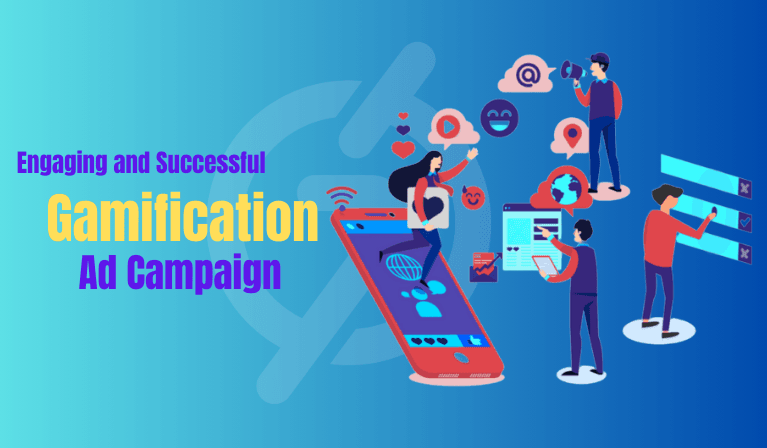
Set Your Objectives
The first step is to set your objectives. Ask yourself why you want to choose gamification elements over other elements in your ad. Also, set your objectives or decide what you want to achieve from your ad campaigns.
Objectives can be anything from gaining brand awareness to increasing sales. When you pre-decide your objectives, it might be easy for you to bring the magic to your campaigns.
Choose Elements Wisely
Above, we have discussed the top five elements that most advertisers implement in their ads to make them more engaging. However, there are other elements available that have different natures and can be used for different objectives.
Choose features that enhance user experience and encourage participation rather than degrade it and decrease participation. And yes, avoid overcomplicating things.
Set Theme Color According to Elements
Theme colors tell half the story. Choosing the right colors for your campaign is important to make it look good and grab attention. There are thousands of colors, but you need to select one that matches the feeling or action you want. For example, bright colors make people feel excited and energetic, while softer colors create a sense of calm and trust.
Find Advertising Network
An advertising network means getting ad solutions within a budget. After setting the theme color, it’s time to find an ad network to launch your gamification ad campaigns.
You must ensure that the chosen ad network has advanced analytical tools that will help you see the performance and effectiveness of your gamification ad campaigns in real-time. Don’t forget to see its past performance, as it will help you to see how good it has been in delivering results for advertisers like you.
Conclusion
Experimentation is a part of finding the best results, as it happens when we upgrade anything. In digital advertising, moving from traditional to gamification advertising is a smart change that every advertiser should adopt. The reason? This advertising strategy increases the excitement of the audience and also invites them to come again and again to engage with the brand. Readers, start exploring gamification advertising today to make your brand memorable for your targeted audience.
Frequently Asked Questions (FAQs)
What is gamification advertising?
Ans. It is a strategy of online advertising that uses game-like elements such as points, badges, and challenges to make ads more engaging for the audience.
Why is gamification advertising effective?
Ans. It grabs attention better than traditional ads and makes people remember your brand. Its exciting elements make it effective.
How does gamification encourage social sharing?
Ans. When people achieve top positions or special prizes in gamified ads, they often share their progress with friends, which helps spread the word about your brand.
What do you mean by ‘Points’ in gamification advertising?
Ans. Points are awarded to users for completing stages or actions, which can be redeemed for rewards or used to track progress.
What are Badges in Gamification Advertising?
Ans. Badges are visual rewards given to participants for achieving specific milestones.

